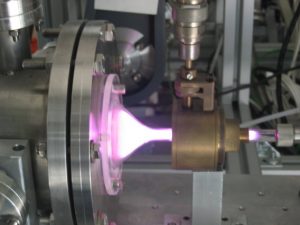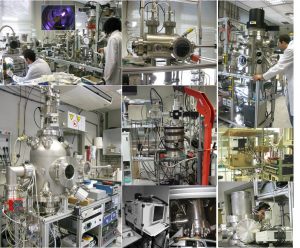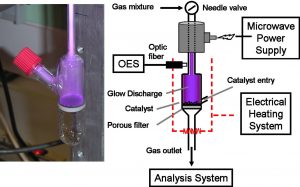Plasma surface functionalizationPlasma surface functionalization is one of the most exciting areas of plasma technology. It involves breaking the top-most surface bonds of a material and terminating them with new chemical functionalities which impart an entirely new surface characteristic without affecting the bulk properties of the material. This is a dry technology environmentally friendly, typically used at room temperature. |
|
 |
We have experience in
Technologies available:
|
Nanostructured thin film and multilayer growth |
|
 |
We have experience in
Thin film growth equipment available
|
Surface and thin film analysis |
|
|
|
Plasma assisted catalysis: plasma technology for environmental applicationsUp to very recently, plasma technology and catalysis have been considered as separated investigation fields. In the last years, especially in relation to noxious gas treatments, it has been found that synergetic effects can be obtained if heterogeneous catalysts are used in conjunction with plasma processes. |
|
 |
Hydrogen production by reforming of hydrocarbons and alcohols in a dielectric barrier discharge |

